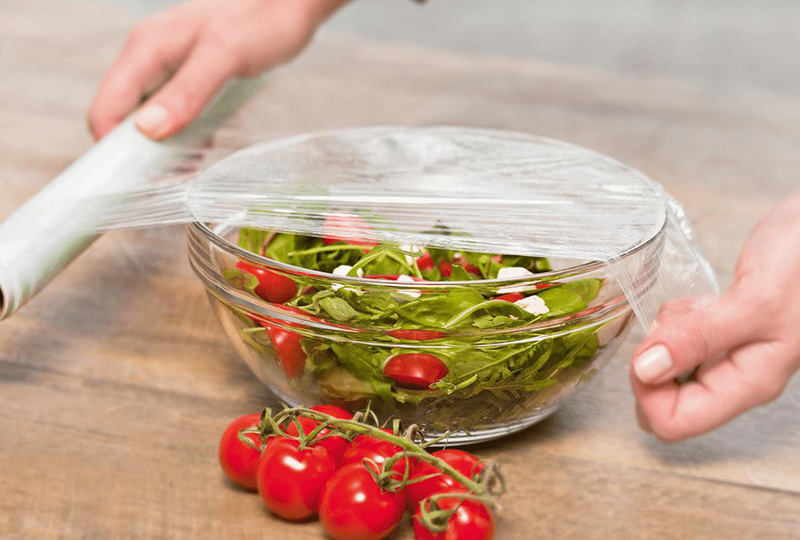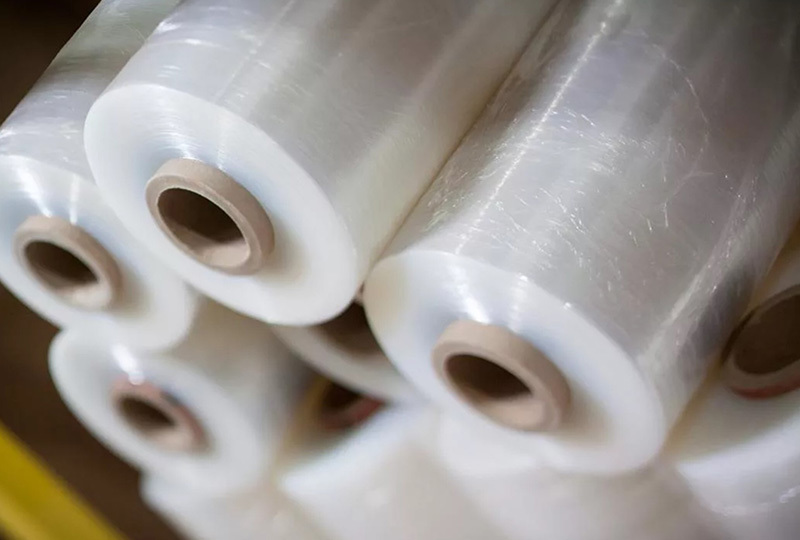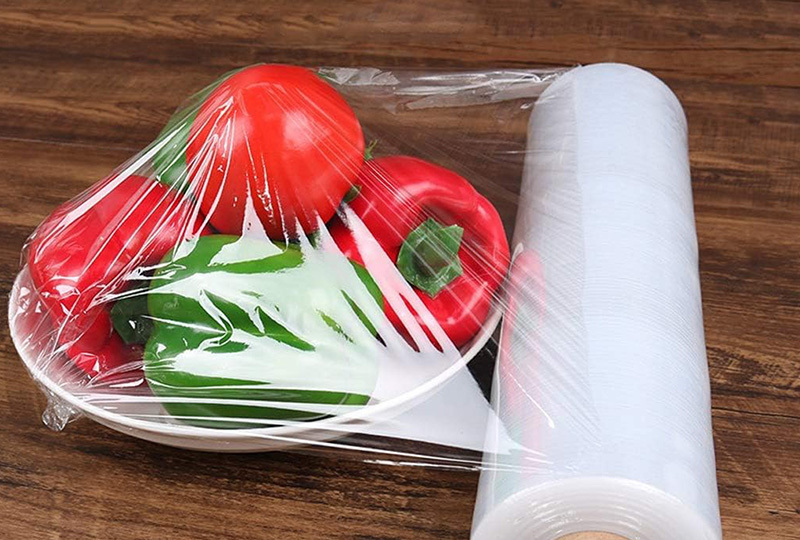Navigating the Options: Types of Plastic Cling Film from Suppliers
Release time:
Jun 18,2025
Navigating the Options: Types of Plastic Cling Film from Suppliers Table of Contents 1. Introduction to Plastic Cling Film 2. The Importance of Quality Cling Film 3. Types of Plastic Cling Film Available in the Market 3.1 Standard Cling Film 3.2 Freezer-Safe Cling Film 3.3 BPA-Free Cling Film 3.4 Compostable Cling Film 3.5 Heavy-Duty Cling Film 4. Key Features to Look for When
Navigating the Options: Types of Plastic Cling Film from Suppliers
Table of Contents
1. Introduction to Plastic Cling Film
2. The Importance of Quality Cling Film
3. Types of Plastic Cling Film Available in the Market
3.1 Standard Cling Film
3.2 Freezer-Safe Cling Film
3.3 BPA-Free Cling Film
3.4 Compostable Cling Film
3.5 Heavy-Duty Cling Film
4. Key Features to Look for When Choosing Cling Film
5. Common Applications of Plastic Cling Film
6. Tips for Effectively Using Cling Film in Your Kitchen
7. Frequently Asked Questions (FAQs)
8. Conclusion
1. Introduction to Plastic Cling Film
Plastic cling film, often referred to as plastic wrap or food wrap, is an essential kitchen item known for its versatility. This transparent, thin film is designed to cling tightly to various surfaces, making it perfect for wrapping food items, covering dishes, and keeping leftovers fresh. Given its widespread use, understanding the different types and qualities of plastic cling film helps consumers choose the best option for their needs.
2. The Importance of Quality Cling Film
Choosing high-quality cling film is crucial for maintaining food freshness, preventing contamination, and ensuring safe storage. While many products may seem similar, the differences in material, thickness, and functionality can significantly affect performance. **Quality cling film** not only preserves food but also enhances its shelf life, ultimately contributing to reduced waste and better food management.
3. Types of Plastic Cling Film Available in the Market
With a variety of plastic cling film options available, it's important to know the distinctions. Here are some of the most common types:
3.1 Standard Cling Film
Standard cling film is the most commonly used type, made from polyvinyl chloride (PVC) or low-density polyethylene (LDPE). It effectively clings to itself and smooth surfaces, making it ideal for wrapping sandwiches, covering bowls, and storing leftovers in the refrigerator.
3.2 Freezer-Safe Cling Film
Designed specifically for freezer storage, this type of cling film is thicker and more durable than standard options. Freezer-safe cling film ensures that food items remain protected from frost and freezer burn, preserving their quality for longer periods. This film is particularly useful for anyone who frequently batch-cooks or stores large quantities of food.
3.3 BPA-Free Cling Film
BPA (Bisphenol A) is a chemical often found in plastic products that can leach into food. BPA-free cling film is manufactured without this harmful chemical, making it a safer choice for food storage. This option is becoming increasingly popular among health-conscious consumers who want to avoid potential health risks associated with BPA.
3.4 Compostable Cling Film
As sustainability becomes a growing concern, compostable cling film has emerged as an eco-friendly alternative. Made from renewable resources, this type of cling film breaks down naturally in composting environments, reducing waste and supporting a greener lifestyle. For environmentally conscious consumers, compostable cling film is an excellent choice.
3.5 Heavy-Duty Cling Film
For those requiring extra strength and durability, heavy-duty cling film is the solution. This thicker film is designed to withstand harsh conditions, making it ideal for wrapping bulky items, protecting food for extended periods, or storing in challenging environments. Its enhanced cling and stretchability also ensure a secure seal.
4. Key Features to Look for When Choosing Cling Film
When selecting the right cling film, consider the following features to ensure you choose the most suitable product for your needs:
- **Thickness**: Thicker films tend to be more durable, providing better protection against moisture and air.
- **Cling Strength**: The ability of the film to stick to itself and surfaces determines its effectiveness in sealing food items.
- **Safety**: Look for options that are free from harmful chemicals such as BPA or phthalates for added peace of mind.
- **Compatibility**: Ensure the cling film is suitable for intended uses, whether in the microwave, fridge, or freezer.
- **Eco-Friendliness**: For environmentally conscious choices, opt for compostable or recyclable cling film options.
5. Common Applications of Plastic Cling Film
Plastic cling film has numerous applications beyond the kitchen. Here are some of the most common uses:
- **Food Storage**: Wrap sandwiches, fruits, and leftovers to keep them fresh and free from contamination.
- **Marinating**: Cover marinating meats or vegetables to enhance flavor absorption and prevent spills.
- **Covering Dishes**: Use cling film to cover bowls and dishes, protecting them from dust and keeping them fresh during storage.
- **Crafts and Projects**: The versatility of cling film extends to creative uses in arts and crafts or DIY projects.
6. Tips for Effectively Using Cling Film in Your Kitchen
To maximize the benefits of cling film, consider these practical tips:
- **Pre-stretch**: Stretching the cling film before applying it to food can enhance its sealing properties.
- **Use Dry Surfaces**: Ensure the surfaces are dry for better adhesion, especially in humid conditions.
- **Cutting Technique**: Invest in a cutter or dispenser to achieve cleaner cuts and minimize waste.
- **Store Properly**: Keep cling film in a cool, dry place to maintain its effectiveness and longevity.
7. Frequently Asked Questions (FAQs)
7.1 What is the best cling film for food storage?
The best cling film for food storage depends on your specific needs. For general use, standard cling film works well, while freezer-safe options are ideal for long-term storage.
7.2 Is cling film safe to use in the microwave?
Many cling films are microwave-safe, but it's essential to check the packaging to ensure it can withstand heat without melting or releasing harmful chemicals.
7.3 How can I prevent cling film from sticking to itself?
To avoid cling film sticking to itself, unwind it slowly and apply light tension as you wrap items. Keeping it at room temperature can also help.
7.4 Can I use cling film for marinating meat?
Yes, cling film is excellent for marinating meat as it helps retain moisture and flavor while preventing spills.
7.5 How do I dispose of cling film responsibly?
Check local recycling guidelines, as some cling films are recyclable. If in doubt, choose compostable cling film to reduce environmental impact.
8. Conclusion
Navigating the myriad options of plastic cling film can seem daunting, but understanding the different types and their specific applications simplifies the selection process. By focusing on quality, thickness, and functionality, consumers can choose the best cling film that meets their needs. Whether you need standard wrap for everyday use or specialized options like freezer-safe or compostable films, being informed empowers you to make choices that enhance food preservation and promote sustainable practices. As you explore the choices available from suppliers, remember these insights to find the perfect plastic cling film for your kitchen.
Related News
What are the characteristics of PVC fresh-keeping film for food preservation
Can PVC plastic wrap be heated in a microwave oven?
What is the difference between PVC cling film and PE cling film
The choice of PVC cling film need to pay attention to what






